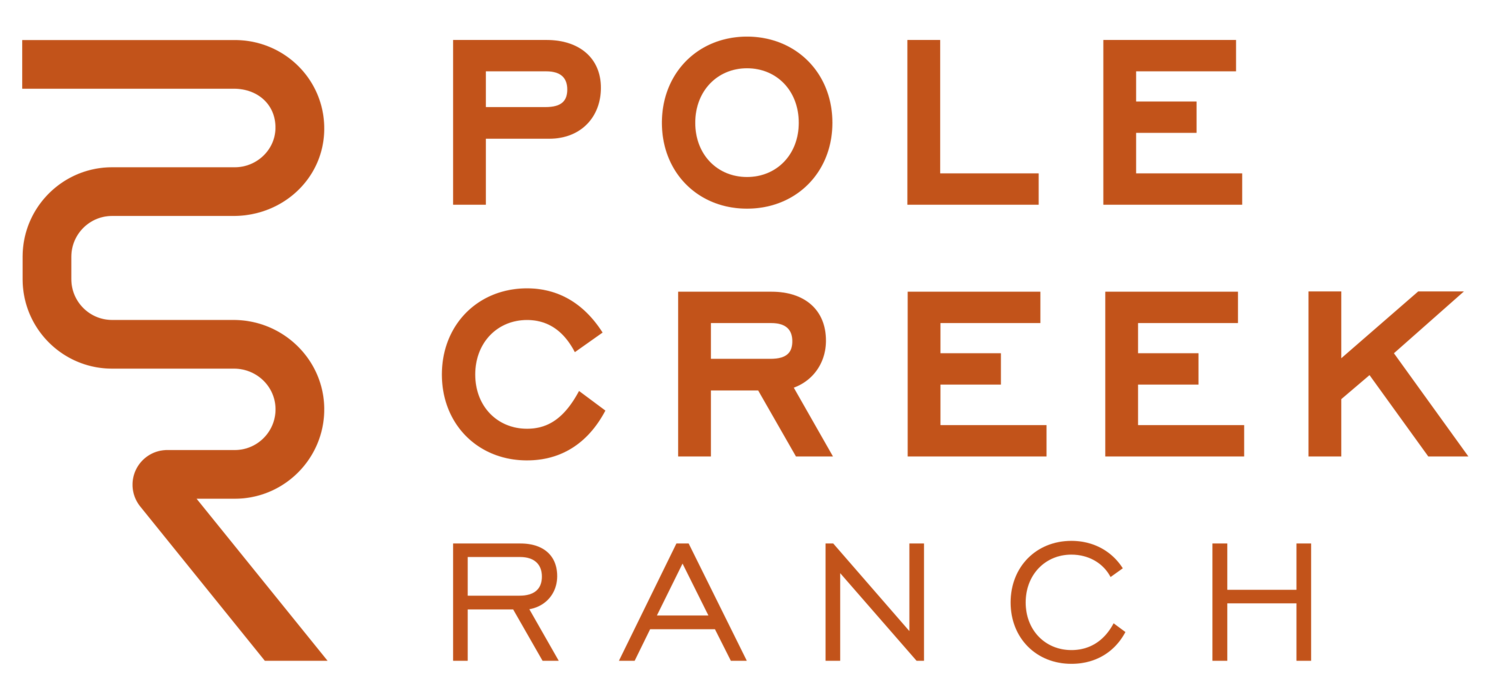It’s Calving Season!
Calving season, January through March, is the most exciting time of the year. The quality of a calf crop can make or break a cattleman’s reputation as a herd manager. We only get one calf crop per year, and with one year of gestation and two till their first progeny, managing a cowherd is like steering a cruise liner, and many an operation has run aground from only a few years of poor mating choices. So the anticipation is palpable in January as the cows’ bellies begin to sag, their udders swell, and the heavily pregnant cows groan contentedly in the afternoon sun as they chew their cud.
Adding to the anticipation was our new bull, “Loveable” who will have his first crop of calves born this year. It wasn’t by accident that we selected him out of the 350 bulls on offer in a prestigious bull sale, but the result of weeks of research and hours of personal evaluation. Though Loveable is not classically handsome for a bovine, I think his calves will be exactly what we need in our program. But with genetics, really anything could happen. And if the match doesn't work, the herd and my reputation will fall behind.
Our fellow cattlemen and women are our peers, our competitors, and our customers. We all gather at the big events that stud the yearly cattle calendar, like the National Show in January, the 9 Mile bull sale in March, the State Fair in September, or Reno in November. The group acts like a Politburo of what “works” and what “doesn’t work.” Even if I may not always agree with their proclamations, it’s this group that collectively determines the value of your program. Sometimes going against the group opinion pays off. I raised a national champion out of this kind of pairing. But if it doesn't, your rival Todd gets to talk smack about you at the National Show in Denver, and Todd’s the worst!
So as the cows are getting closer to calving, I'm wondering; will I have to eat crow in front of Todd? Will lightning strike and produce a national champion? Will I get a whole crop of big bellied, wide hipped heifers as I planned? The first calf looks good, but the second is a runt, and barely survives. Not great odds. But the next five are big healthy calves, exactly what we want. Three weeks and thirty calves later and it’s safe to say that Loveable has made the cut. No little future national champions running around, but better results on the whole than I expected, and that's more than good enough.
Riley Avery,
Livestock Manager, Pole Creek Ranch
Riley is the President of the Northwest Red Angus Association and Livestock Manager at Pole Creek Ranch. As a 27 year veteran of the cattle industry, he is passionate about sustainable and ethical beef production.


